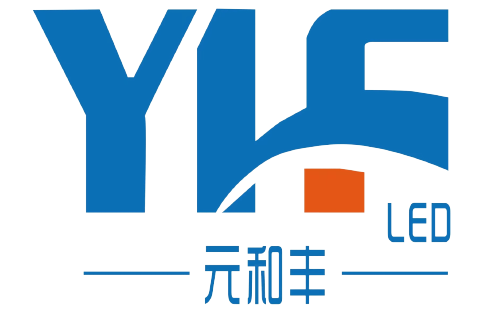The Crucial Role of Energy-Saving Screens in Modern Technology

Energy-saving screens have emerged as a revolutionary force in modern technology, enabling unprecedented levels of efficiency in numerous industries. These cutting-edge screens are designed to optimize power consumption while delivering exceptional visual performance. In this article, we will explore the various aspects of energy-saving screens, their beneficial impact on energy efficiency, and their crucial role in shaping the future of technology.
The Science Behind Energy-Saving Screens
Energy-saving screens are meticulously engineered to reduce power consumption without compromising visual quality. Through advanced technological innovations, these screens intelligently adjust backlight intensity, optimize pixel utilization, and minimize energy wastage. By leveraging techniques such as LED backlighting, OLED technology, and adaptive brightness control, energy-saving screens can significantly reduce power consumption and extend device battery life.
Enhancing Energy Efficiency
Energy-saving screens play a pivotal role in enhancing energy efficiency across various sectors. In the realm of smartphones and tablets, energy-saving screens allow users to enjoy longer device usage without frequent recharging. This not only improves user convenience but also reduces the overall carbon footprint associated with energy-intensive charging processes. Additionally, in the rapidly expanding field of smartwatches and wearables, energy-saving screens enable extended battery life, ensuring uninterrupted usage and reducing environmental impact.
The Environmental Advantages
Efficiency unleashed by energy-saving screens extends beyond individual user benefits. The environmental advantages of these screens are substantial. By reducing power consumption, energy-saving screens contribute to lower electricity demand, leading to decreased reliance on fossil fuels and mitigating greenhouse gas emissions. As sustainable technology becomes increasingly important for environmental preservation, energy-saving screens stand at the forefront of minimizing carbon footprints and promoting a greener future.
Revolutionizing Industry Standards
The implementation of energy-saving screens in modern technology is revolutionizing industry standards. In sectors like automotive, aviation, and healthcare, energy-saving screens enable greater energy efficiency across a multitude of devices. From infotainment systems in cars to display panels in aircraft cockpits and medical imaging devices, energy-saving screens are pivotal in reducing power consumption and improving overall system efficiency. This not only benefits end-users but also promotes sustainable practices in these industries.
The Future: Efficiency Unleashed
Looking ahead, energy-saving screens hold immense potential in shaping the future of technology. As the global focus shifts towards sustainable development, energy-saving screens will continue to lead the way in improving energy efficiency and reducing environmental impact. With ongoing research and development efforts, we can expect even greater advancements in energy-saving screen technologies, enabling unprecedented levels of efficiency across all sectors of modern life.
In conclusion, energy-saving screens are transforming the landscape of modern technology by boosting energy efficiency in a wide range of devices. Through cutting-edge engineering and innovative design, these screens minimize power consumption while delivering exceptional visual performance. As the world increasingly prioritizes sustainable practices, energy-saving screens emerge as an indispensable component, paving the way for a greener and more efficient future.
